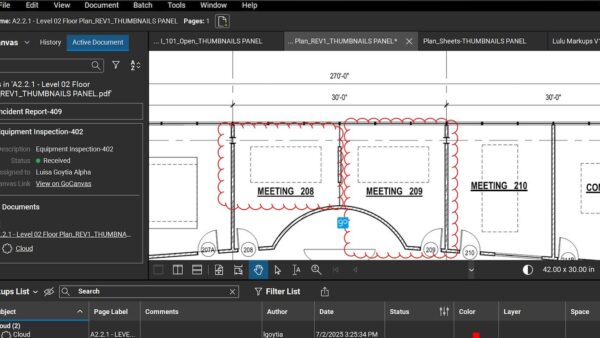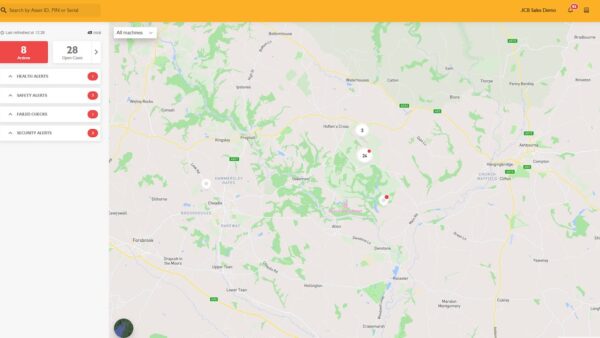Autodesk has launched Revit 2022, which will deliver “more effective design to documentation workflows, improved interoperability for project teams across all stages of design, and a raft of design productivity enhancements”.
The latest version of Revit follows more than 8,000 user votes on what would make the software better.
In a blog post, Autodesk product marketeer David Smolker said: “Revit 2022 is not focused exclusively on architects nor engineers, but on the iterative ways you work together… making an impact in your BIM processes and design workflows.”
Revit 2022 offers IFC4 export, the ability to link McNeel Rhinoceros 3DM files directly into Revit 2022, and a new workflow between Revit and FormIt Pro.
The latter two enhancements make “the flow from form-making in early-stage conceptual design, to programme definition in design development, more seamless”, Smolker said.
Assemblies from the updated related software package Inventor 2022 can be exported as RVT files, enabling direct linking into Revit projects, “building a greater between architectural design and architectural fabrication”.
Smolker added: “These interoperability improvements reflect what you have told us: you want the freedom to work with the design tools of your choice, and Revit is your engine for documenting and coordinating model-based design.”
Revit 2022 includes many improvements to schedules, annotations, tags – “upgrades that make project set-up and authoring more precise, fast, and less error-prone”.
Rotated tags, flexible revision numbering, spot slopes and elevations, and the display of grids in 3D views “hone the capabilities of Revit as a tool for capturing and communicating design intent”.
Revit 2022 offers tapered walls and slanted wall profile editing, new categories to support generic modelling for common design elements, like hardscapes, food and medical service equipment, vertical circulation, and more.
It also has the latest updates to the generative design and route analysis tools, giving better support for geometry and more informed design decision-making.
Structural engineers also see enhancements for steel connections and a host of rebar improvements.
M&E and plumbing engineers and fabricators benefit from schedule upgrades that make it easier to document design intent in Revit. The Design to Fabrication tool has been enhanced to provide a smoother, more consistent workflow. Mechanical systems analysis has also been improved, from the ability to view energy analytical models in 3D views to the display of detailed load and sizing reports directly in Revit.
Image: a screen grab of Revit 2022 in action.














